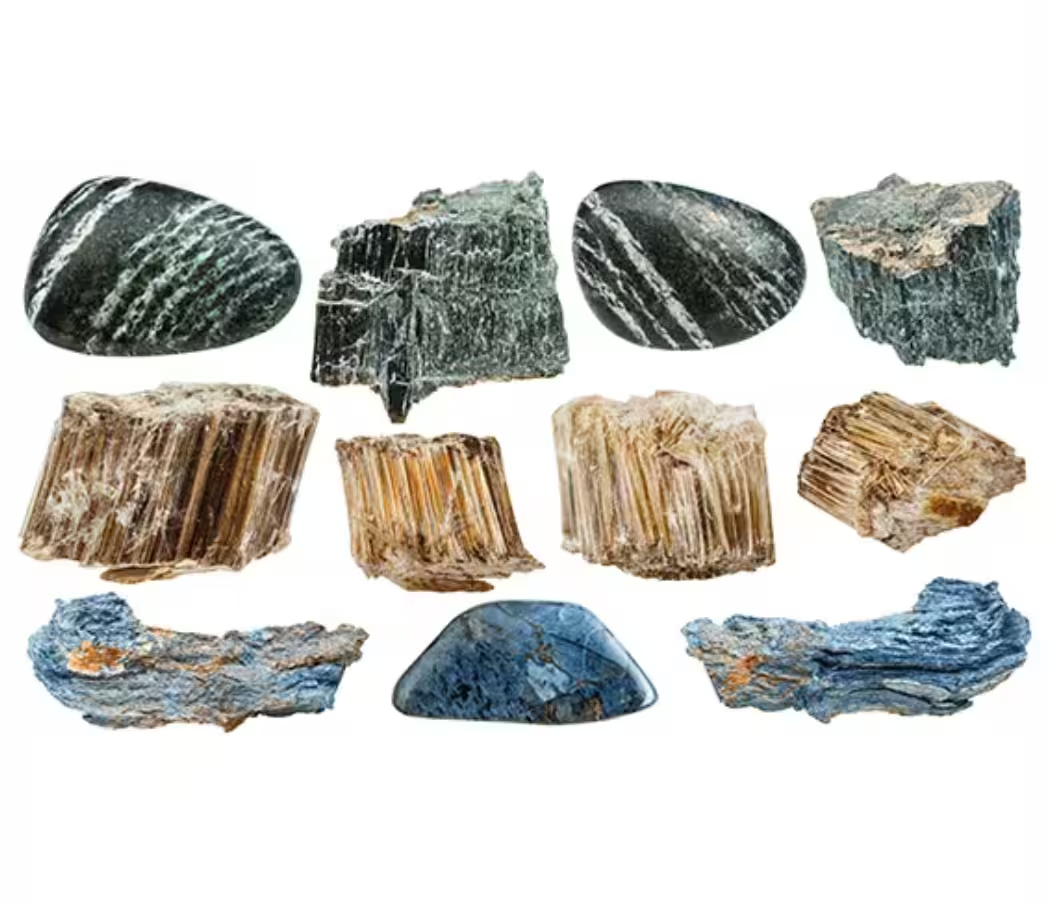Asbestos Testing
Talk with an Expert
PLM Asbestos Testing Services
Polarized Light Microscopy (PLM) for Bulk Asbestos Samples
We use EPA Method 600/R-93/116 to conduct Polarized Light Microscopy (PLM) testing for identifying, classifying, and measuring asbestos fiber content in a wide variety of materials. These include construction and insulation materials such as domestic and industrial insulations, plasters (sprayed and non-sprayed), surface coatings, ceilings, floors, floor tiles, caulking, and adhesives.
Point Count Analysis (PLM)
Our laboratory also offers Point Count analysis, a more sensitive method that allows precise quantification of asbestos fibers in bulk samples using a PLM microscope. This technique improves detection accuracy and can identify asbestos down to a 0.25% concentration level.
Phase Contrast Microscopy (PCM)
Following the NIOSH 7400 method, Phase Contrast Microscopy is utilized for determining fiber levels in air samples. It is especially useful for monitoring airborne particles during asbestos removal projects. PCM testing is commonly performed on clearance, personal exposure, and ambient air samples before, during, and after abatement procedures.
Our Complete Asbestos Testing Capabilities
We offer the following asbestos-related testing services:
- Bulk Asbestos Identification (PLM)
- Airborne Fiber Analysis (PCM)
- Low-Level Bulk Quantification (Point Count via PLM)
- Wipe Sample Analysis (PLM)
- Comprehensive Air and Bulk Material Asbestos Testing
All analyses are conducted using approved EPA and NIOSH methodologies to ensure accurate, compliant, and dependable results.
Indoor Air Quality & Additional Mineral Testing
Our lab performs indoor air quality testing specific to asbestos using reliable methods for:
- Bulk analysis using PLM
- Airborne fiber counts with PCM
- Surface wipe samples
- Point count for detailed quantification
X-ray Diffraction (XRD) Analysis
We also provide X-ray Diffraction (XRD) testing to identify mineral compositions, particularly useful for detecting crystalline silica in both bulk solids and air samples. This method is also ideal for analyzing deposits found in industrial systems like pipes and tanks.
For details on XRD testing, contact our project team at 713-453-6090 or info@agtlabs.com.

1. How much sample is needed for bulk PLM analysis?
Generally, 1 to 10 grams of material is sufficient. This equates to approximately a 1-inch square of material or about two teaspoons of loose particles.
2. What is required to collect airborne samples for PCM testing?
You’ll need a calibrated air sampling pump, a 25mm PCM cassette with a 0.8-micron MCE filter, and the appropriate tubing to connect the cassette to the pump. With prior notice, we can provide both the equipment and media.
3. Why is airborne fiber analysis important?
Air testing helps determine the concentration of respirable fibers present in the environment. Note that PCM cannot distinguish between asbestos and non-asbestos fibers such as fiberglass or cellulose.
4. Do you offer asbestos inspection services?
Yes. We have a certified asbestos and mold consultant available for commercial inspections. Please note that residential inspections are not offered at this time.
